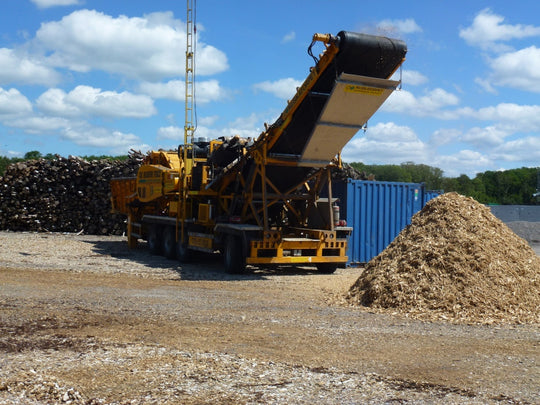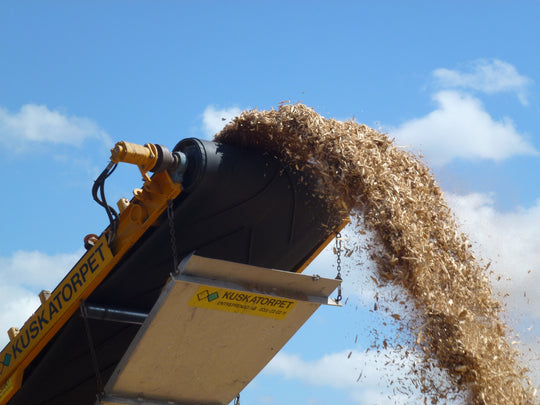Practical Steps for Improving Construction Recycling in Halmstad
Practical Steps for Improving Construction Recycling in Halmstad
Blog Article
Structure spend has traditionally been among the biggest contributors to environmental pollution. Materials such as cement, asphalt, timber, and metals frequently end up in landfills, resulting in reference depletion and environmental degradation. However, Halmstad has surfaced as a leader in approaching that significant concern by leveraging innovative construction recycling halmstad (byggåtervinning halmstad) systems that try to convert just how construction waste is managed.
Recycling Structure Waste: The Modern Approach
Halmstad's force toward sustainable structure methods has taken center period in new years. Advanced systems are increasingly being implemented to deal with the significant waste produced by structure actions, promoting equally environmental benefits and resource efficiency.

One significant development could be the rise of AI-driven selecting methods, developing a more streamlined process for splitting up materials like cement, wood, and metals. These high-tech systems utilize sensors and device understanding methods to identify recyclable components with remarkable detail, reducing contamination degrees and increasing recycling charges significantly.
Still another notable advancement is mobile recycling models, which provide spend running features right to structure sites. These portable systems allow components to be sorted, smashed, and refined on-site, eliminating the need for spend transport and reducing CO2 emissions.
Round Economy in Action
Key to Halmstad's success is their commitment to producing a circular economy in the structure industry. Conventional waste administration techniques frequently involve linear operations, where resources are discarded after a single-use cycle. However, with recycling technology developments and greater resource recovery practices, many sources when considered waste are increasingly being reintegrated as natural resources for new construction projects.
For example, cement spend is increasingly being processed into aggregates that are reusable in street construction or foundational layers of new buildings. Additionally, reclaimed wood from demolition internet sites has been handled and repurposed for furniture making or architectural reintegration. Materials, which are both energy-intensive and expensive to remove, are increasingly being channelled back in creation rounds without dropping their properties.

The Street Forward
While Halmstad's achievements mark significant development, the street to fully sustainable structure waste administration stays ongoing. Problems such as plan place, community recognition, and running of technologies still need attention. But, with extended innovation and the usage of data-driven recycling techniques, Halmstad is setting a benchmark for cities globally to follow.
Eventually, the innovations in spend recycling engineering reveal a broader development of sustainability becoming built-in to both large-scale structure operations and regional urban progress strategies. This progress not only decreases environmental hurt but also ensures that resources are used more effectively, safeguarding them for future generations. Report this page